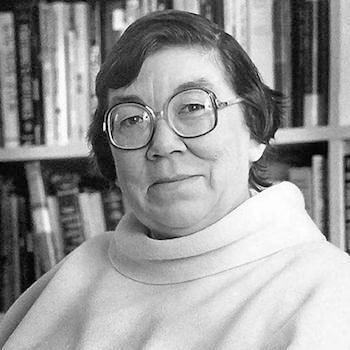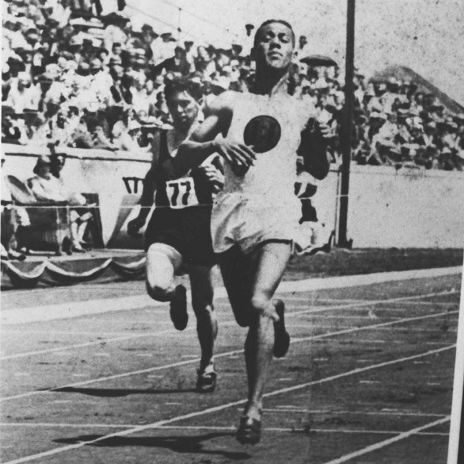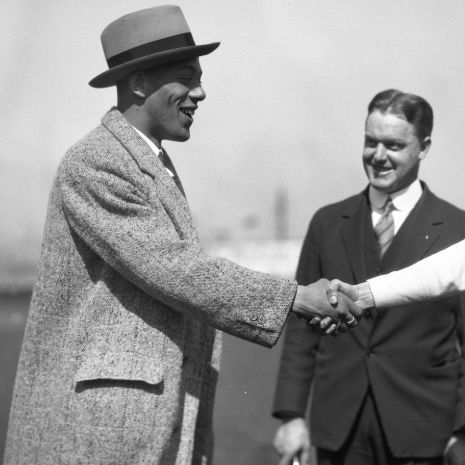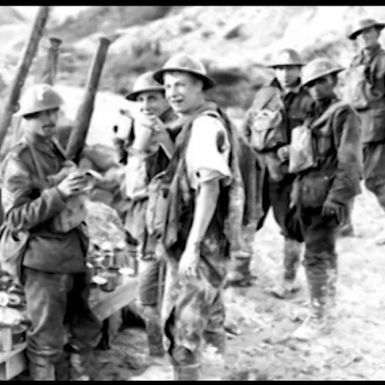Canadian History Ehx
@cdnhistoryehx.bsky.social
23K followers
220 following
28K posts
Host of the podcast\radio show Canadian History Ehx. Author of "Canada's Main Street: The Epic Story of The Trans-Canada Highway" Sharing Canada's history daily!
Posts
Media
Videos
Starter Packs
Reposted by Canadian History Ehx
Reposted by Canadian History Ehx
Reposted by Canadian History Ehx


















